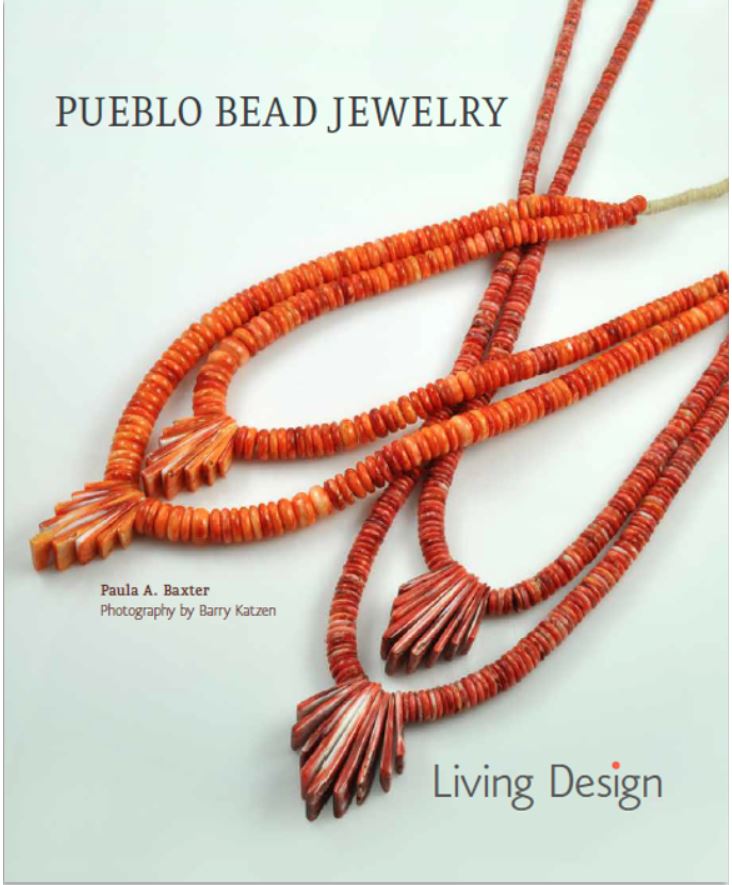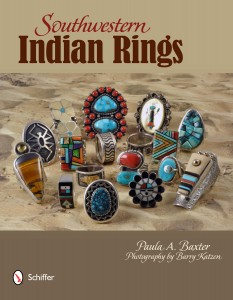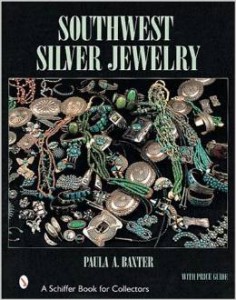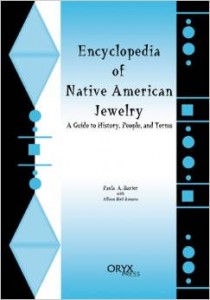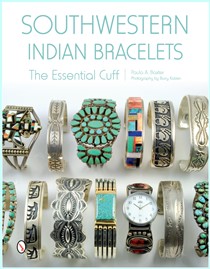I’m not an urban planner by trade, but sometimes caring about something causes ideas to form. Border towns do have their dark sides, with plentiful bars to cater to those whose thirst for liquor exceeds their good sense. As a collector of American Indian jewelry, I’m also aware that Gallup can cater to the darker side of the Indian jewelry business with its back room silversmiths turning out specious works. Yet there’s truth in the title “Indian Jewelry Capital of America.” Much jewelry does pass through here.
There is so much on offer here in terms of local businesses, restaurants, shops, and the remaining Indian arts shops of merit. I see the local WalMart as an example of the successful integration of local Native, Hispanic, and Anglo cultures. There are beautiful murals throughout the city, a nice local history museum in the train station, and attractive architecture. Gallup’s residents need to rework its reputation as a Gateway to Indian Country, with an emphasis on the positive. Gallup is a workaday place, but it draws great local loyalty. At the Gallup hotel we stayed in recently, the young desk clerk, who looked Indian, told us with pride that she loved where she lived.
America always seems to require help in understanding its Native peoples, and our outmoded social studies curricula for schools doesn’t help matter by placing Indians firmly in the past. Native culture is alive and well in Gallup as the Saturday parade demonstrated. Yet, just as trading posts have changed in the face of modernism, so must the story alter to fit the times.
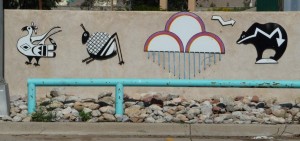 Even a parking lot in Gallup is an opportunity to celebrate art and culture, in this case Mibres images.
Even a parking lot in Gallup is an opportunity to celebrate art and culture, in this case Mibres images.
We are among those individuals who vastly prefer Gallup to Santa Fe. At this point, some of you will wish to roll your eyes and stop listening. I remember Santa Fe from the early 1960s. Yes, I was a young girl then, but Santa Fe truly had the look and feeling of a small European city to someone from upstate New York. In the intervening decades, Santa Fe’s charm has been whittled away by the demands of tourism and urban planning. With Gallup, what you see is what you get.
Gallup is a railroad town and its tracks define the whole sinuous curve of its old Route 66 highway. The rest of the town is sprawled over its rolling hills and graceful valleys. Because it serves as a reservation border town, Gallup has also attracted the least admirable publicity. Back east, I know people who shiver at the mention it, speaking in shocked tones of horrible car accidents, drunks staggering along streets, and an unnamed discomfort. Friends of ours from Arizona shake their heads at our affection for it, claiming they’d only stop in Gallup for a gas station.
When we visit Gallup, we get a sense of what the West is really all about. We don’t need a movie set, a romantic view of mesas and buttes, or a string of trendy eateries to feel that here is a place where real people live, work, visit, shop, and that life in a railroad town is about staying put while all about one is motion. The people are nice, too, friendly in a way that is far more realistic than people one encounters in a popular tourist destination.
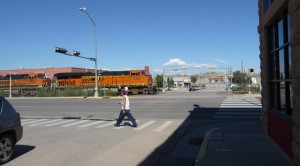 A train arrives in Gallup — one of many arrivals every day.
A train arrives in Gallup — one of many arrivals every day.
You never know where you can find a pleasant break. When in Gallup, we had to wait ten minutes or so for Navajo Spirit on Coal Avenue to open back up — a little sign in the door promised they’d be right back.
We wandered across the street to Glenn’s Bakery and discovered the kind of delight we wished we had at home.
Part of investigating Indian Country is finding out what local treats are waiting to be enjoyed. America’s bakeries are often under siege from the ever-present supermarket conglomerates. We enjoyed this respite from shopping. Now, if Gallup would only get a bookstore back…
One of the most welcome sights from our recent visit to Gallup was a new storefront proclaiming Bill Malone Trading Co. Malone is one of the most experienced of the old time Indian traders left in the business; he also married into the Navajo, and his son-in-law is Perry Shorty, one of the most talented Navajo jewelers in business and a star of the SWAIA Indian Market. Perry always sells out of his booth holdings in record time.
Malone has not had an easy decade. Bureaucratic ineptitude led to his being removed from a longtime position as trader at Hubbell Trading Post, and the story, a fascinating one for those of us suspicious of governmental management practices, can be found in The Case of the Indian Trader. Malone had gone on to run Shush Yaz in Gallup, but we found him now at his own shop at 235 W. Coal Avenue, on the block right behind Richardson’s Trading Co. He sells mostly Navajo arts, and his rugs, pots, baskets and jewelry are of great quality. My friend and I found vintage watchbands with fine coral stones there, a commodity hard to get nowadays. A practical-minded man, he also offers watch battery replacements and jewelry repairs. The presence of this reputable trader in town is a bonus indeed, and his shop’s wares are the product of a genuine understanding and affinity for the best in Native-made arts.
